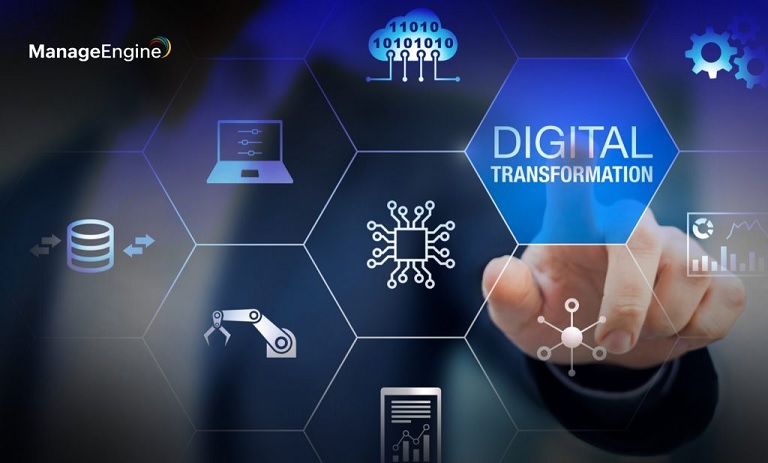

In the dynamic business landscape, success is not an achievement but an ongoing journey. Once heavily reliant on streamlining manual operations and physical communications, organizations adapted as the digital revolution unfolded, embracing transformative technologies to sustain themselves and maintain success.
Today, as enterprises transcend into a new era of work, surpassing the revolution, they must shift their focus and strategies to thrive in this environment. Here are five key areas that organizations should prioritize to strengthen their foundation and steer themselves through the ever-changing digital world.
1. Elevated priority on privacy and AI governance
Although 2023 has witnessed numerous regulations across geographies — including the California Consumer Privacy Act, the EU's AI Act, the UAE's Data Protection Act, and India's Digital Personal Data Protection Act — the implementation of similar policies across various regions is imminent. With AI being integrated into many aspects of business, disruptive technologies (such as deepfakes and augmented reality) threaten privacy and pose significant risks.
To ensure ethical, transparent, and fair use of the technology, AI governance should be paramount to businesses. Privacy must be ingrained into the core of every business going forward, and protecting it should become the responsibility of every individual in the organization.
2. Adopting purpose-built LLMs
Ever since the advent of AI, businesses have leveraged its capabilities to fulfill predictive analysis and automate low-level tasks. However, the narrow applications of AI and its immense engineering difficulties call for AI training models that can cater to all aspects of a business.
Enterprise-focused large language models (LLMs) help both employees and customers alike achieve deep-nested conversations with the enterprise's offerings and align better with evolving software tools. Adapting such models is imperative for enterprises to deploy their vast amount of knowledge to address both their creative and redundant workloads. It empowers organizations to protect their data, reduce biases in their data, and provide detailed audit reports to understand AI decisions.
3. Enterprise-wide orchestration
More recently, businesses have turned to digital transformation to carry out their core functions online. This transition has presented the challenge of fragmentation — splitting data into organizational silos and hampering the flow of information. Enterprises can overcome the issue of fragmentation by harnessing the power of orchestration, which allows the construction of interconnected digital pipelines that lead to workflow automation and streamlined operations. Adopting this user-friendly and accessible technology prepares organizations to make complex tasks achievable and survive in the digital realm.
4. Evolution to a secure digital-first experience
Moving on from traditional work methodologies, organizations must integrate contemporary IT management tools to provide a holistic and safe digital journey. In 2024, enterprises should also adopt an identity-centric approach, ensuring that only authorized individuals are granted access and permissions to organization resources, thus safeguarding their identities and data.
Going a step further, cloud infrastructure and entitlement management (CIEM) must be implemented to increase granular visibility and minimize threats through the comprehensive view of identities and entitlements provided across diverse cloud environments. Together, identity-centric management and CIEM solutions will bolster security and enable a worry-free digital experience for end users.
5. Cyber resilience as a business differentiator
Today's technological landscape presents a series of challenges for modern companies that stunt progress. These challenges include the geopolitical climate, technological disruption, cyberthreats, competitive pressure, and many other factors, all of which could be more easily faced when strategic plans are in place. In 2024, companies should look to actively adopt plans that foster the tools, solutions, and culture necessary to enhance their overall cyber-resiliency posture. Consequentially, cyber resilience must emerge as a key business differentiator, enabling organizations to succeed in the complex global market.
These five concepts are crucial pillars of the modern digital landscape and can help enterprises navigate the rising number of IT challenges. By being attuned to such technological advancements, organizations increase their chances of innovating better, delivering responsibly, fortifying their defenses, and anchoring their presence in the market for not just this year but many more to come.

